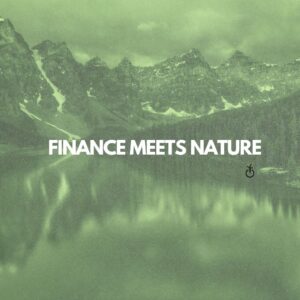An insight into various alternatives to fast fashion

Vintage and second-hand
The first way to buy sustainably is to buy pre-loved items. In fact, this is one of the sectors which has surged the most in recent years, growing 25 times more than the general fashion retail sector in 2019, mainly due to a broader online presence; platforms such as Farfetch, Vestiaire Collective, Depop, Vinted etc. have made it an all-round accessible market, while it was formerly a priority of flea markets and thrift shops. On the other hand, physical stores have not lagged behind, especially in big cities. Specifically, both vintage physical shops, which offer higher-end and pricier products, and second-hand ones, were able to achieve an increase in customer base by mainly targeting the younger generations through social media, which will be the key for the sector’s growth in the future.
Turning fast fashion brands more green
Concerning established fast fashion companies there is indeed a high margin to approach greener business models, despite the many potential obstacles which may complicate or halt this process. The first one worth mentioning is the challenge of converting entirely (or at least part of) the production mechanisms to more sustainable methods. In fact, this multifaceted term not only implies great initial R&D expenses to discover and implement less polluting processes, but also a complete change in the relationship with suppliers and workers. It follows that the resulting higher cost structure will require higher prices, and this is likely not to be seen positively by habitual fast fashion customers – no wonder why many fast fashion brands are taking the greenwashing shortcut instead. Nonetheless, many initiatives are being put in place by FF businesses to try capture the market share requiring higher environmental and labor standards. An example of such initiatives is the platform La Reboucle, launched by the French apparel retailer La Redoute, where users can sell and buy used clothes and decide to be paid either in cash or with 25% discount on the parent site, thereby giving a second life to used clothes.
Sustainable brands
Although brands that create sustainable clothing are flooding the market, it has yet to reach its full potential. Firstly, because it is a highly fragmented market, with many small players, not comparable in dimension to fast fashion’s big names. Secondly, as the fashion industry is a sector driven by creativity, it is even more fundamental for sustainable brands; think about the endless possibilities in new technologies for non-polluting production methods, or plant-based materials that could substitute less environmentally friendly ones. Not to forget that this creativity can be applied to the business model itself, creating products on a non-traditional basis, such as seasonal, limited edition, on demand or even through rental. Overall, transparency must be the key principle for these brands, since an attentive consumer wants proof that what he/she is buying is congruent with the brand’s green advertising.
As if the aforementioned reasons were not enough to show that ethical fashion is on the rise, we should also bear in mind the impact COVID-19 had on this industry. The pandemic acted as a “green” wake up call for consumers and producers, shedding light on how everything in nature is interconnected; the more we mistreat nature, the more we risk hurting ourselves. Therefore, despite current economic difficulties, in the long run this new awareness on sustainability is expected to be one of the main components that will allow brands to recover in a resilient manner from the pandemic’s crisis.
“The word ‘crisis’ comes from the ancient Greek ‘krisis’ that means the decisive moment or the moment for decision. The COVID-19 emergency can act as an accelerator for decisions for change that are long overdue in the fashion industry and can no longer be deferred.”




